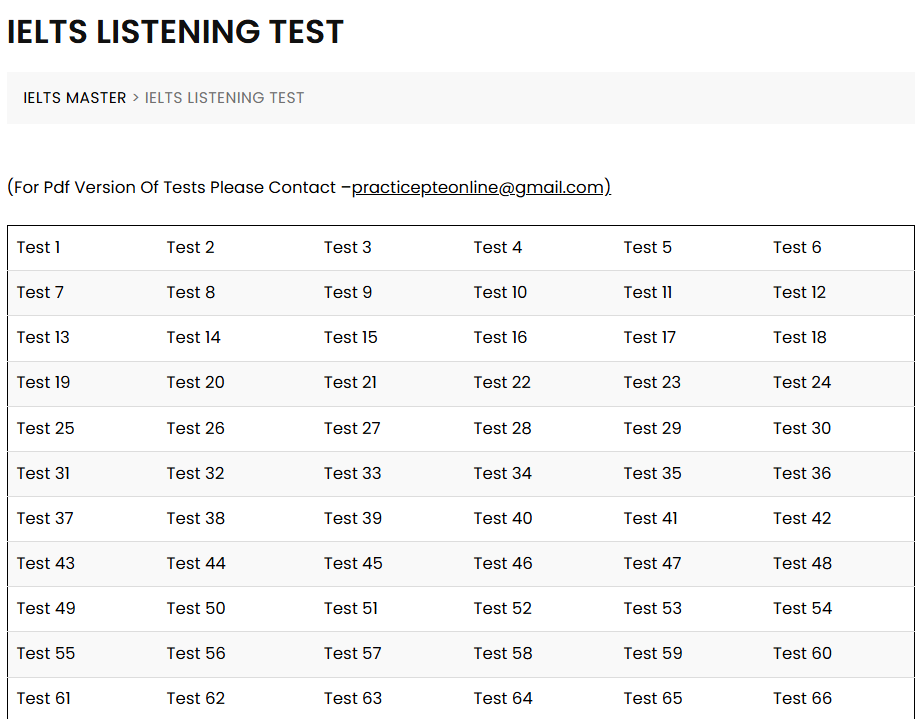The IELTS Listening test is designed to assess your ability to understand spoken English in various contexts. It forms one of the four components of the International English Language Testing System (IELTS) exam, which also includes Reading, Writing, and Speaking. Listening is a crucial part of the IELTS exam, as it evaluates how well you can follow conversations, lectures, discussions, and other forms of spoken communication in English. This section lasts 30 minutes and consists of four sections with 40 questions in total.
_93B82PB.png)
Overview of the IELTS Listening Test
The IELTS Listening test is designed to assess a variety of listening skills, including:
- Understanding main ideas: Recognizing the primary points in a conversation or lecture.
- Recognizing details: Grasping specific information like dates, numbers, names, or places.
- Understanding opinions and attitudes: Identifying the speaker's feelings, opinions, or points of view.
- Following the structure: Being able to follow the development of ideas or instructions throughout a conversation or discussion.
- Identifying function and purpose: Understanding the purpose behind a conversation, whether it's for persuasion, advice, or other intentions.
Test Format
The IELTS Listening test consists of four recorded sections, and the difficulty level increases as you progress through the test. Here’s a breakdown of the sections:
Section 1: A conversation between two people set in a social context, such as booking a hotel room or arranging a travel plan.
Section 2: A monologue or one-way conversation, usually involving everyday social situations like a public announcement, a talk about facilities in a university, or similar topics.
Section 3: A conversation among up to four people, typically in an academic or training context, such as a group discussion about a project or student debate.
Section 4: A monologue that could be an academic lecture or speech, often on a complex topic related to education or a specific field of study.
Each recording is played only once, and you will be required to answer the questions as you listen to the audio.
Theory of IELTS Listening Task Types
Multiple Choice
- This task assesses your ability to listen for both specific details and overall understanding of the listening text. You may be required to choose one correct answer or more than one. It tests your ability to identify the main points and specific details in the conversation or lecture.
- Example: A question may ask you about the speaker’s opinion on a particular issue, or the details of an event, such as time, location, or method.
Matching
- In this task, you are required to match a numbered list of items from the audio to a set of options presented in the question paper. This task tests your ability to identify key details and recognize connections or relationships between facts, as well as to follow a conversation.
- Example: You may be asked to match names of people with the events they attended.
Plan, Map, Diagram Labelling
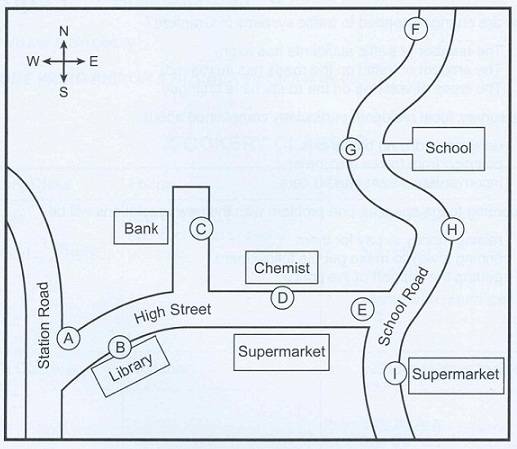
- Here, you listen to a description of a place or a process and label a map, plan, or diagram. It assesses your ability to understand directions and relate information to visuals.
- Example: You might hear a description of a town and then label the locations on a map.
Form, Note, Table, Flow-Chart, Summary Completion
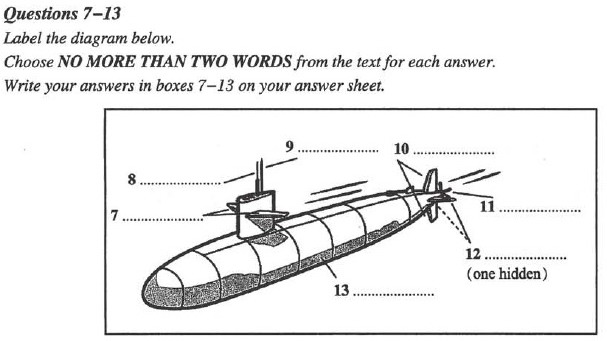
- This task type requires you to fill in missing information from a summary of the listening text. The missing details could be names, times, or other specific facts.
- Example: Completing a form with information you hear from a conversation or filling in missing words in a table that summarizes the main points of a lecture.
Sentence Completion
- In this task, you are given sentences summarizing the main points of the listening text. You must complete the sentences with specific information from the recording.
- Example: Completing a sentence with a word or number from a dialogue or lecture.
Short-Answer Questions
- These questions require you to provide short, concise answers to questions based on the information you hear.
- Example: Questions may ask about specific details such as times, dates, prices, or locations.
Demo Listening Content and Questions
Let's consider a sample listening content and corresponding questions for each task type:
Listening Content:
Topic: A conversation about the university's upcoming student orientation event.
[Audio Transcript]
Speaker 1 (University Staff):
"Good morning, everyone! We’re excited to welcome you all to the university for the new academic year. This year, our student orientation will be held on September 10th, beginning at 9 AM in the main auditorium. We have a packed schedule, including campus tours, student workshops, and an introduction to various student clubs. The event will end by 3 PM, after which you can join us for a welcome lunch in the student union. The first 100 students to arrive will receive a free gift bag with university merchandise. You can register for the event online via the university website. Don’t forget to check out the Student Services Desk for any questions you may have during the day!"
Questions Based on the Demo Listening Content:
1. Multiple Choice
Question 1:
When will the student orientation event take place?
A) September 5th
B) September 10th
C) September 15th
D) September 20th
Answer: B) September 10th
Question 2:
What is the main purpose of the orientation event?
A) To offer a tour of the city
B) To help students get familiar with campus life
C) To distribute free merchandise
D) To promote student clubs
Answer: B) To help students get familiar with campus life
2. Matching
Question 3:
Match the activity to the time it will take place during the orientation event.
- Campus tours
- Introduction to student clubs
- Welcome lunch
A) 9:00 AM
B) 12:00 PM
C) 3:00 PM
Answer:
- A) 9:00 AM
- B) 12:00 PM
- C) 3:00 PM
3. Plan, Map, Diagram Labelling
Question 4:
Label the map based on the description given in the audio. (You will be shown a campus map with a list of locations such as the auditorium, student union, student services desk, etc.).
- The event will take place in the Main Auditorium.
- The Student Services Desk will be in the main hall.
- The Welcome Lunch will be held in the Student Union.
4. Form, Note, Table, Flow-Chart, Summary Completion
Question 5:
Complete the table with the missing information from the recording.
| Activity | Time | Location |
|---|---|---|
| Campus Tours | 9:00 AM | Main Auditorium |
| Introduction to Clubs | 12:00 PM | ________ |
| Welcome Lunch | 3:00 PM | Student Union |
Answer:
| Activity | Time | Location |
|---|---|---|
| Campus Tours | 9:00 AM | Main Auditorium |
| Introduction to Clubs | 12:00 PM | Main Hall |
| Welcome Lunch | 3:00 PM | Student Union |
5. Sentence Completion
Question 6:
Complete the sentence based on the information in the listening:
The orientation event will finish at __________.
Answer: 3:00 PM
6. Short-Answer Questions
Question 7:
What time does the orientation event start?
Answer: 9 AM
Question 8:
Where can students register for the event?
Answer: On the university website
Check Your Answers: You have 10 minutes at the end of the Listening test to transfer your answers from the question paper to the answer sheet. Use this time to check for spelling mistakes, ensure your answers are clear, and verify that you have answered all the questions.
Scoring for IELTS Listening
Each correct answer in the IELTS Listening test earns you one mark. The total number of correct answers out of 40 will then be converted to a band score ranging from 0 to 9. The band score reflects your proficiency level in listening. For example:
- Band 9: Expert user
- Band 8: Very good user
- Band 7: Good user
- Band 6: Competent user
- Band 5: Modest user
- Band 4: Limited user
- Band 3: Extremely limited user
- Band 2: Intermittent user
- Band 1: Non-user
- Band 0: Did not attempt the test
IELTS Practice Resources
1. IELTS Listening free practice questions IDP
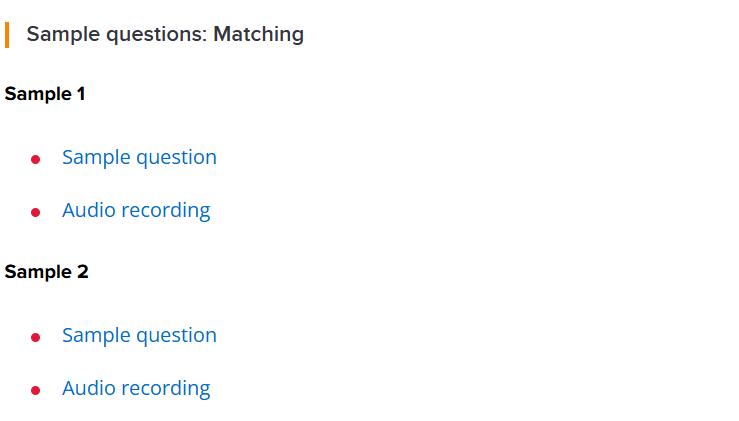
2. IELTS Listening FREE Practice, Tips & Techniques IELTSLiz
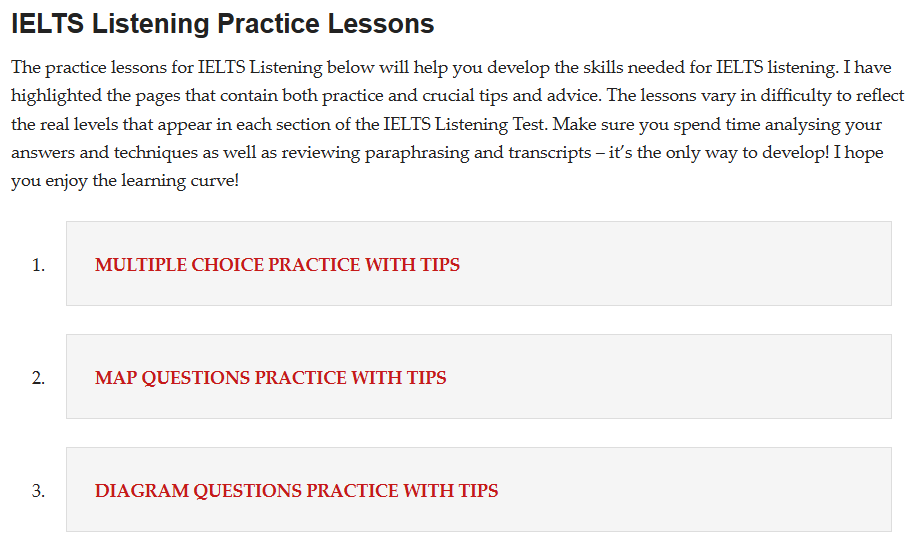
3. IELTS Listening Test practicepteonline
